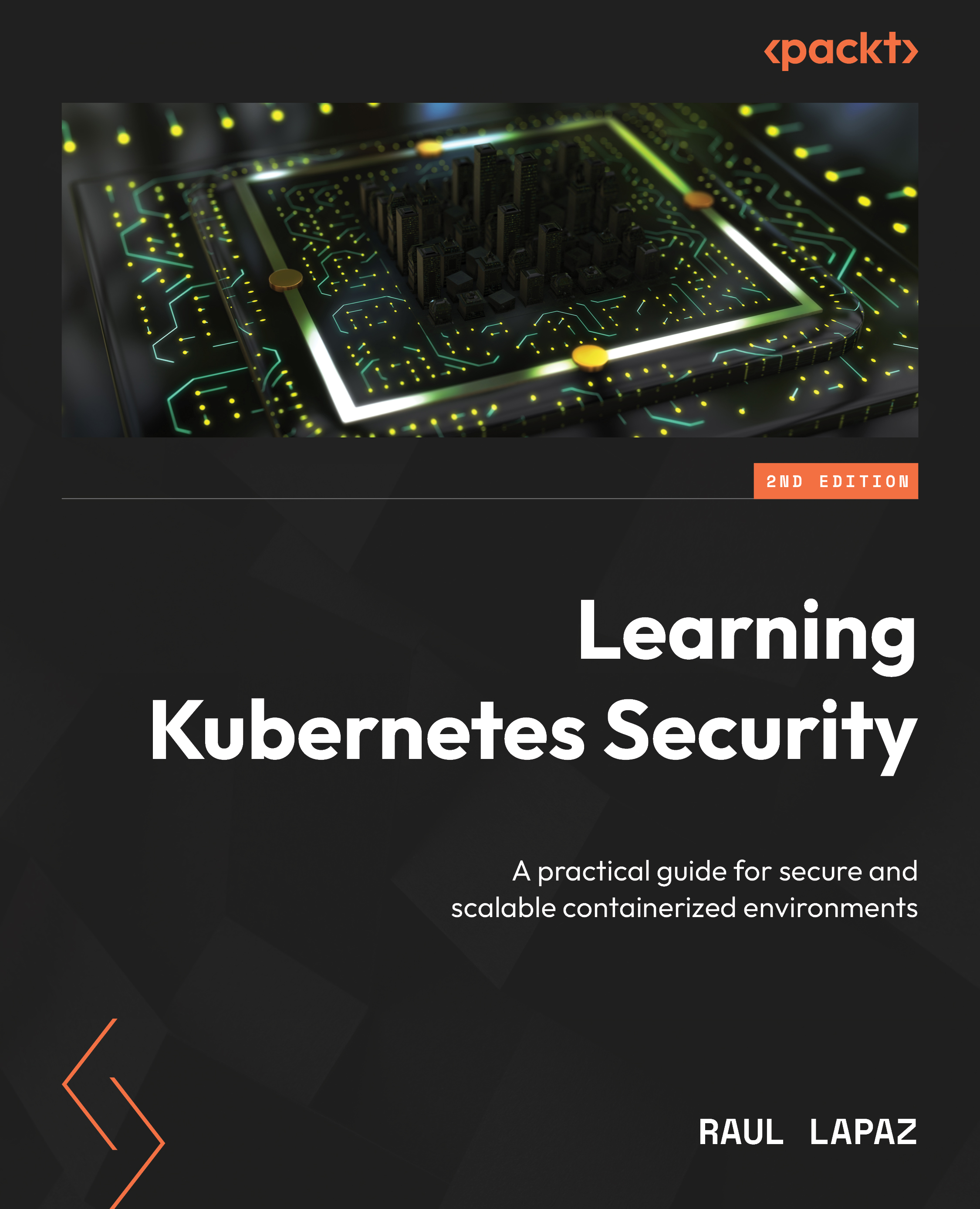Understanding Kubernetes vulnerabilities
You know by now that Kubernetes is not secure by default. Due to different factors such as rapid growth, tool integrations, complexity, and so on, attackers are finding new ways to attack workloads.
This section will focus on Kubernetes vulnerabilities and misconfigurations. An accurate definition of a security vulnerability is a software code flaw or system misconfiguration that attackers can leverage to gain unauthorized access to a system or network.
Common Kubernetes vulnerabilities fall into the following categories:
- Role-Based Access Control (RBAC): Improperly configured Kubernetes clusters can expose sensitive information or provide unauthorized access. Bad actors might look for exposed ports, weak passwords, or misconfigured access controls.
RBAC is an identity security mechanism to control access to Kubernetes resources. Misconfigurations occur when roles or role bindings are overly permissive. For example...

































































